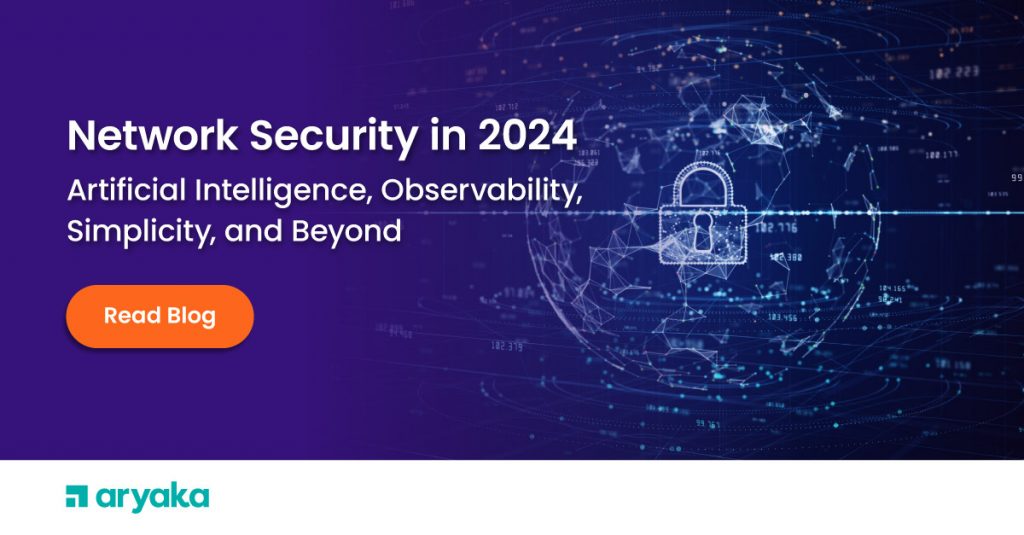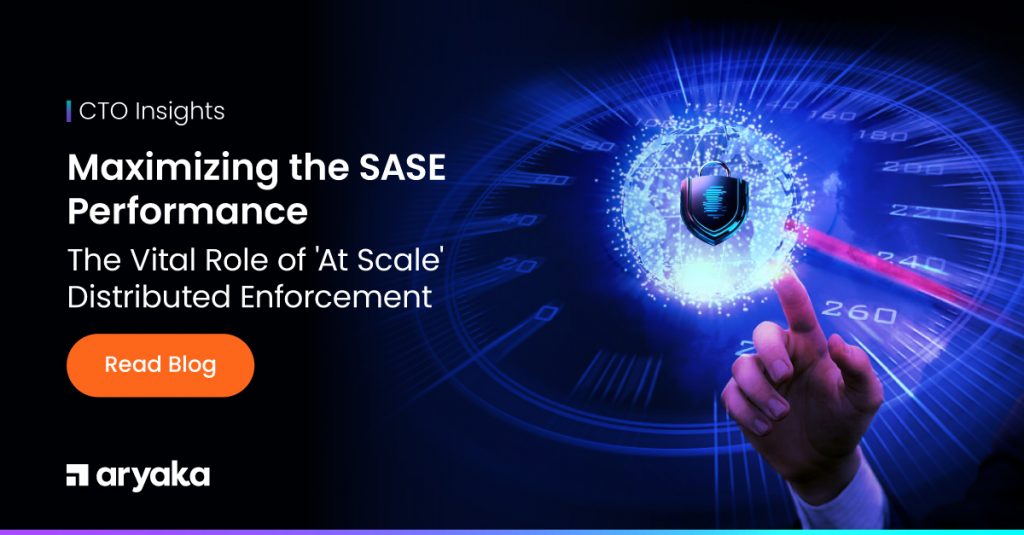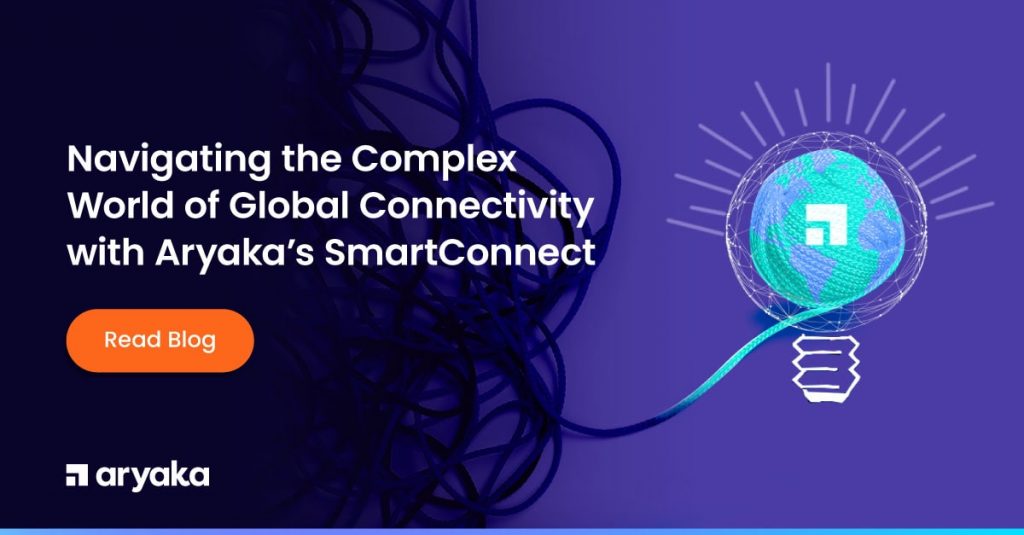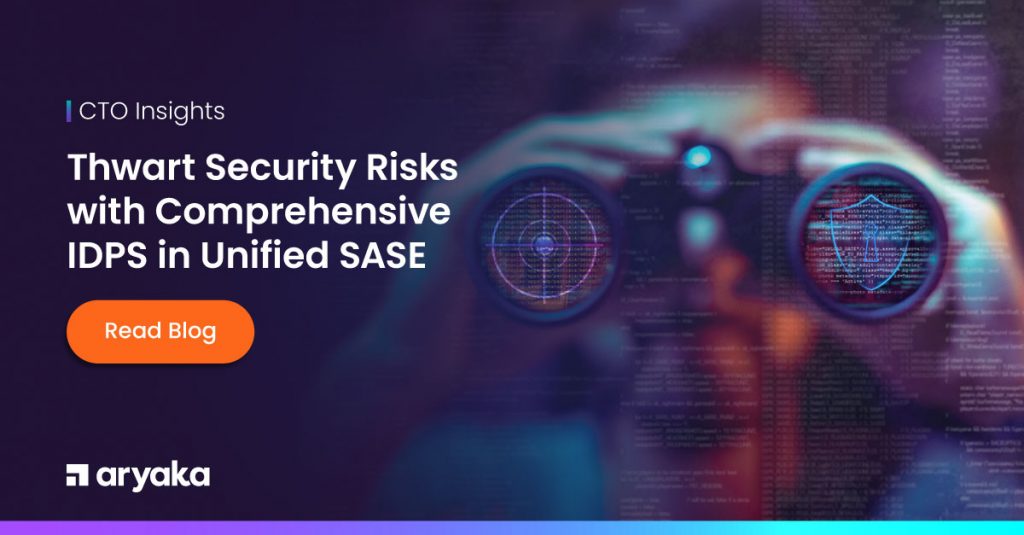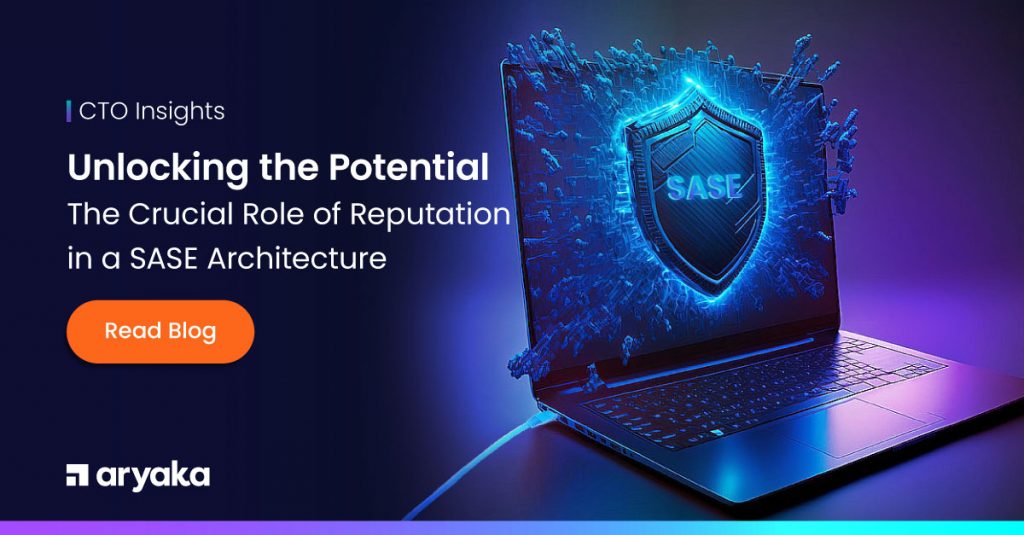Renewing our perspective: Why a best-in-class SD-WAN solution is vital to SASE success

Perspective is key. In our fast-paced, high tech professional life, we often prioritize the response to short term needs, and sometimes unfortunately lose perspective over some key goals as well as the impact they were supposed to have. As Wayne Dyer used to say, “If you change the way you look at things, the things you look at change”.
Recently, I went on a 2-week vacation, after a year and a half of COVID isolation and the inevitable work-from-home burnout. The -sorely needed- vacation refreshed my perspective at many levels (something I urge you to consider, Dear Reader, if you think you suffer from COVID fatigue). The work narratives that had become somewhat repetitive as I replayed them alone at home during the mandated isolation… after I came back from scuba diving in La Paz (highly recommended), I was able to look it all again with that new perspective Wayne Dyer mentioned. And things had changed.
So here we are, at the dawn of the SASE era. SD-WAN seems so 2019, pre-pandemic, doesn’t it? Don’t get me wrong, clearly here at Aryaka we are 200% committed to SASE as well as Hybrid Workplace support and we have the webinars, white papers, blogs and case studies to prove it. I am excited about SASE, along with everybody else.
But, with that renewed, fresh perspective I mentioned earlier, why not look at SD-WAN again. I hear you wondering: “Oh so you want to talk about the past?”. To which I answer: SD-WAN is a key, integral part of the SASE architecture. If SASE is to be successful, it must build on a solid networking foundation – and that foundation is SD-WAN, which ideally is a much simpler, cost-effective way to deliver on the enterprise network for the cloud era. The cloud-era that mandates us to set up a network infrastructure that is ready to accommodate constant change. I think all of us who made it through COVID have the cloud to thank for it: cloud-based collaboration, Microsoft 365, etc. Oh, and of course, the network.
Security has always required the ability to constantly change: unless you keep your security posture up to date, even the very best solution will be made obsolete by new and ever more elaborate threats. Moreover, security architectures always have evolved to thwart evolving attack patterns: from first-gen firewalls to next-gen ones, from intrusion detection/prevention to AI-powered SIEM architectures -security has had to move fast to keep up. Hence, it is not surprising that security takes such center stage in SASE discussions.
However, the virtues of SD-WAN remain eminently relevant in a SASE world. Protecting the user experience for employees and business partners as well as customer experience are initiatives that directly drive business results. An Amazon enterprise architect established that 100ms in latency result in a 1% impact to sales. It’s no wonder that in our cloud and hybrid workforce world, application performance issues are a leading concern and a major pain point. This is borne out in every survey result – see our State of The WAN Report or our Techvalidate surveys.
This is where perspective comes in. As I came back to work after a glorious vacation that refreshed my viewpoint, we discussed SASE internally (inevitably with a focus on a dozen security acronyms) – and a light bulb lit over my head and I thought “Wait a second, why does it seem uncool to talk about network and application performance these days?”. Application performance matters a lot to me as a knowledge worker, and it matters after hours, too. Just like I would scream (drawing an upset look from my resident cat landlord) if the Tidal HD rendition of John Coltrane’s “Kind of Blue” stutters as I chill with a glass of night after work, I admit I also give up after 15 seconds if something I have to review at work -while I am busy myself- doesn’t load quickly. Sorry. I intended to look at it later if it had loaded faster. And just the other day I was on a motorcycle manufacturer’s website (I am on the market) checking their models, and the frustratingly slow response times eliminated what seemed to be an early candidate. It proved the Amazon quote above: response time and availability matters – a lot. It drives employee and ecosystem productivity, and customer satisfaction. I think we all experience it pretty much every day.
I was about to talk about security and the critical impact it also has on my everyday experience as both a knowledge worker and the mini-CTO of my home environment, with a big Linux media server, a Win10 multimedia workstation and several laptops and tablets (despite the fact I am a single household, cat excluded). But that would get too long, I shall revisit in a future blog.
I’ll keep it focused on network and application performance, which remains a huge element of our collective online experience. It just surprises me that it’s taken a second seat in the SASE discussion even though it’s a top pain point network architects mention in every survey.
Doing a second take on perspective, I thought about the early days of SD-WAN – do you remember? The main narrative was about initiatives to cut down on MPLS bandwidth cost. Remember how almost every SD-WAN discussion revolved around the fact your (reliable and “good enough”) home internet connection was $80, while you paid $800 for the same MPLS bandwidth in your branches? The >10x cost saving argument? Oh, and plain internet could do the exact same thing as MPLS, supposedly.
That was 2014, this is 2021. Let’s fast-track forward, and the real advantage of SD-WAN for most enterprises became business agility. SD-WAN adoption means you end up with network design pattern that can satisfy cloud adoption needs. Cost reduction faded as a primary SD-WAN adoption concern. Of course, cost matters, but delivering on business results comes first. And as we talk about cost, it’s also key to remember a very common SD-WAN adoption pattern: despite the early anti-MPLS rhetoric, overlay SD-WAN solution vendors as well as customers discovered that in an ISP-controlled world that offers both internet and MPLS connectivity to its customers, it was hard to totally wean themselves off MPLS. In fact, MPLS remained the underlay technology to deliver on the needs of business-critical sites and applications. It would be bad for business for SD-WAN box vendors as well as traditional, ossified Managed Service Providers. Never mind enterprise customers’ needs.
I could put my Aryaka hat on and give you a passionate pitch as I finish this blog, telling you how we change that. I will not. I will just ask you to revisit your perspective: for over 20 years, networking has done things in certain ways. We got our advanced networking certifications that taught us to tame and perpetuate complexity. Networks were designed to be reliable and fair, but static and reluctant to change. Networks were cuddled hands-on, like perennially attention-starved pets. But we know the era of treating infrastructure resources like cattle has long arrived. Networking remains as critical to power applications and business processes as ever, but the rules of the game have changed.
As SD-WAN morphs into the foundation for SASE success… we need to change our collective networking perspective. Learn more on our website.
- Aryaka AppAssure
- Aryaka FlexCore
- Aryaka HybridWAN
- Aryaka Secure Web Gateway
- Aryaka Regional Solution Brief
- Aryaka SmartCDN
- Accelerate CAD/CAM Performance with SD-WAN
- Accelerate Salesforce Performance with SD-WAN
- Managed SD-WAN as a Service for 8x8 UCaaS
- Advantages of Cloud-First WAN Services
- Amazon Web services Acceleration




